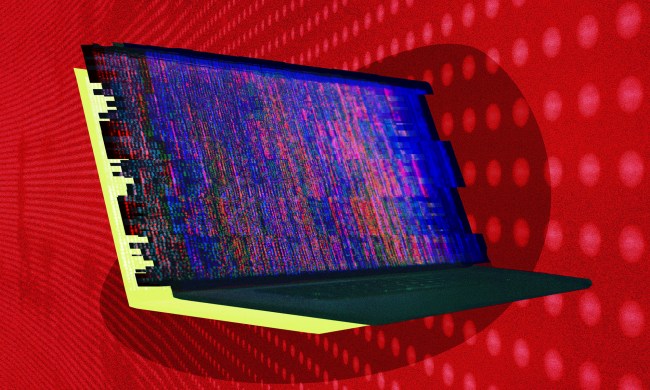Computer security firm Sophos has released its Security Threat Report 2009 (PDF), summarizing the battle against malware and ticking off the top threats against computers, operating systems, Web sites, and consumers out there in the wild. And, despite massive increases in spam and malware that originate internationally, the United States still claims the top spot for hosting malware and sending spam. According to Sophos, some 37 percent of malware is hosted in the United States,. China (including Hong Kong) came in second at 27.7 percent and Russia ran a distant third at 9.1 percent.
Conversely, in 2007, China played host to more than half the world’s malware—although, to be sure, in 2007 the U.S. was a major malware host as well, accounting for 23.4 percent of the world’s malware hosting. A new upstart on the malware hosting scene is the Czech Republic, which now hosts just over 1 percent of the world’s malware.
Sophos also notes a tremendous increase in threats delivered to users as email attachments, with the number of threats delivered as email attachments increasing five-fold during the course of 2008. @008 also saw an increase in "scareware," sites and applications which attempted to trick visitors and users into purchasing bogus computer security software…which, in turn, often compromised their systems.
On the positive side, Sophos notes that the shutdown of spam-friendly hosting companies Atrivo, ESTDomains, and (especially) McColo have had a substantial impact global spam levels, with the shutdown of McColo having a larger impact than any spammer arrest made by authorities. Although spam levels are still lower than they were before the McColo shutdown, most industry watchers see these gains as temporary as scammers shift to new harbors.
And how much mail was spam in 2008? According to Sophos, some 97 percent of all email received by businesses was spam.


